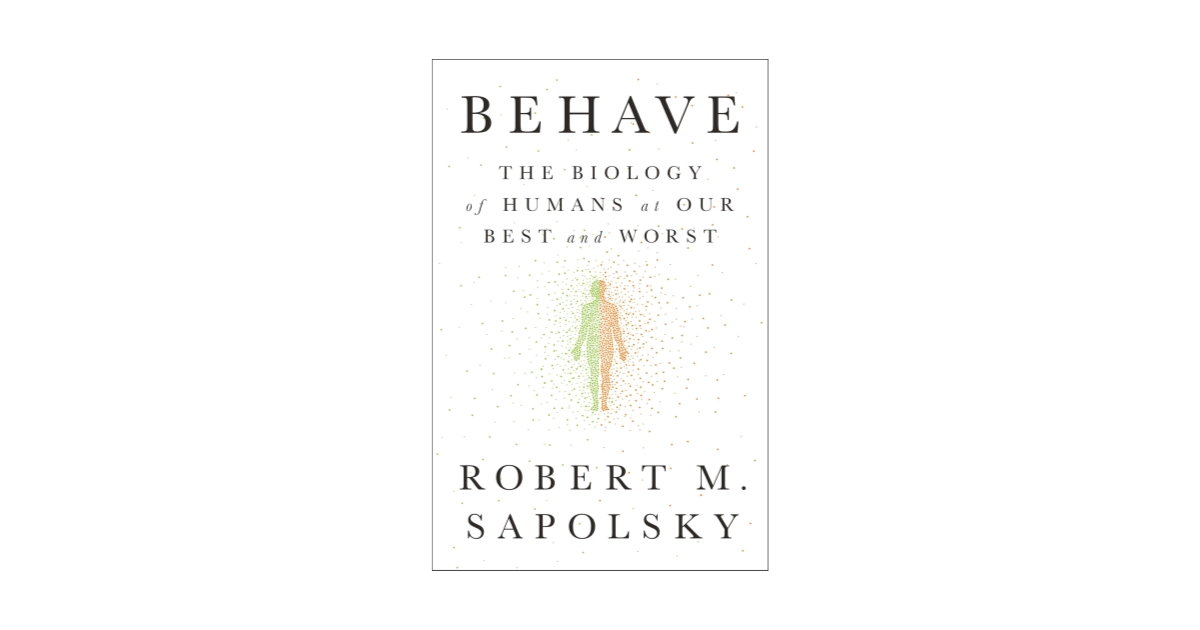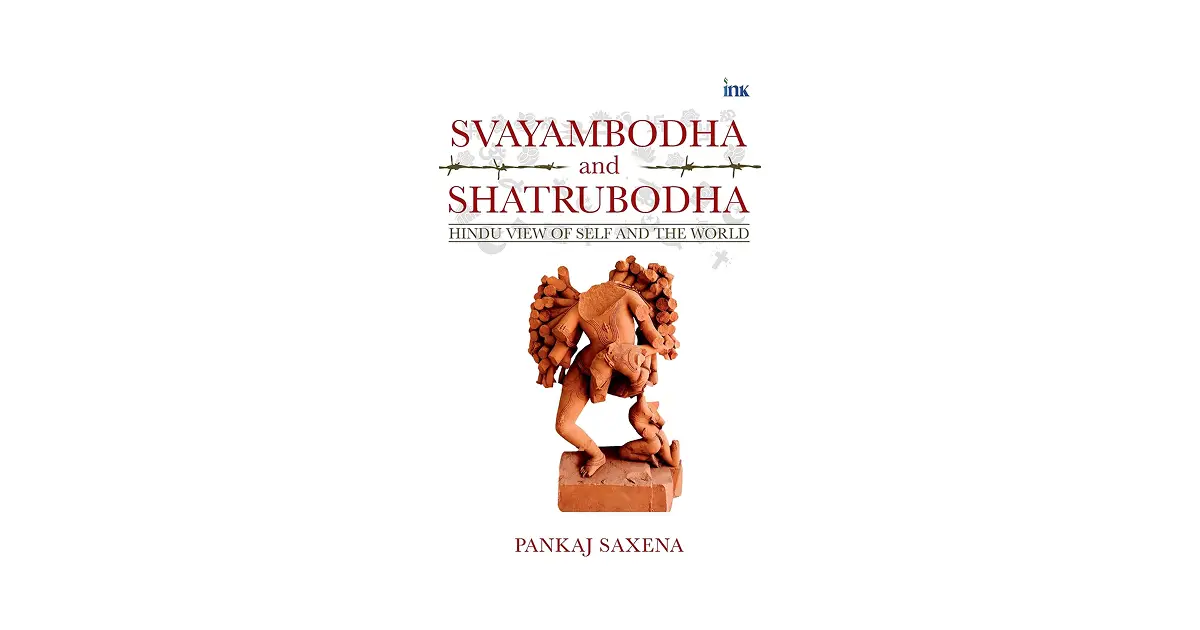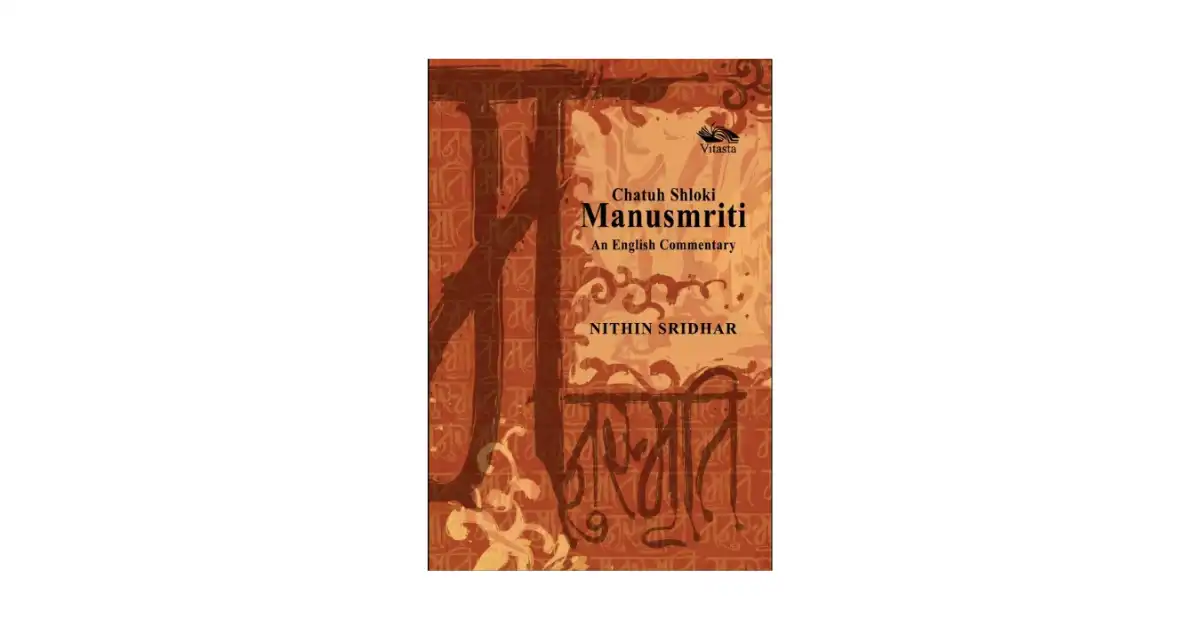The mysteries of the mind are as deep, vast and unknown as that of the ocean. Robert Sapolsky’s ‘Behave’ is an intellectual magnum opus that traverses various disciplines while unravelling the basis for human behavior in the brain. The book, with its exhaustive depth, and analytic rigor is a startling inquiry into the multi-scale architecture — neural, hormonal, genetic, developmental, environmental, cultural — of why humans do what they do. Sapolsky's work is a rare convergence of neurobiological precision, sociological breadth, and philosophical restraint, culminating in what can only be described as a tour de force of behavioral science.
To briefly introduce the author: Robert M. Sapolsky is a distinguished American neuroscientist, primatologist, and author whose interdisciplinary work has profoundly re-shaped our understanding of human and animal behavior. A professor of biology, neurology, and neurosurgery at Stanford University and a recipient of the MacArthur “Genius” grant, Sapolsky spent decades studying the interplay between the brain, hormones, and social environments, with a particular focus on stress, aggression, and cooperation. His groundbreaking fieldwork with wild baboons in East Africa, combined with his laboratory research on neuroendocrinology, has positioned him as a leading authority on the biological substrates of behavior. Beyond academia, Sapolsky is widely acclaimed for his lucid and expansive writin, particularly ‘A Primate’s Memoir, Why Zebras Don’t Get Ulcers’, and the monumental book ‘Behave’ — the subject of the present discussion; which brings together neuroscience, psychology, evolutionary biology, anthropology, and ethics with remarkable intellectual depth and clarity.
Coming to Sapolsky’s ‘Behave’ the book’s premise is to illuminate (in the simplest way possible) the molecular and biological complexity behind our best and worst behaviours and impulses. He adopts a unique reverse-chronological approach to explain human behavior. He begins at the moment a behavior occurs, then moves backward in time to examine the biological and environmental antecedents — seconds before, minutes before, days before, millennia before — all the way through developmental history, traversing over maternal influence, genetic predispositions, epigenetic modifications, and finally evolutionary factors. This temporal layering is not merely a stylistic contrivance; it is Sapolsky’s methodological and philosophical thesis: that there exists no singular cause of behavior. Every proximal apparent cause is embedded in a cascade of distal mechanisms, which all influence each other.
The book is exhaustively thorough. Sapolsky begins with explaining the anatomical and physiological basis of any behaviour or propensity through neural activity seen the very second before an action. Specific brain regions — the amygdala, prefrontal cortex, and hypothalamus — coordinate aggression, empathy, moral reasoning, and impulse control. He then dedicates a chapter to the influence of hormones (testosterone, cortisol, oxytocin) in the hours to days prior to the behavior. Testosterone, for instance, doesn’t directly cause violence — it amplifies behaviors aligned with social expectations of dominance. Oxytocin fosters love and trust, but also tribalism and conformity. The autonomic nervous system and the endocrine systems also interconnect, feeding back into cognition and emotion.
Sapolsky then extends the timeline backward to developmental and prenatal factors, showing how early life experience - including maternal care, trauma, and even fetal hormone exposure - sculpt the architecture of the brain. These experiences (along with environmental and other factors) lead to epigenetic modifications that permanently influence behaviour and can be transmitted to offspring. Since our pre-frontal cortex, where all our rational and executive decisions are made, is not fully mature until our mid-twenties, adolescence is a volatile period when tribalism, peer influence, and moral rigidity flourish.
Sapolsky then shifts his focus to genetic influences on behaviour. Stressing that genes are far from static determinants — “genes aren’t about inevitability. Instead they’re about context-dependent tendencies, propensities, potentials, and vulnerabilities.” Genes are dynamic substrates whose expression is highly contingent on the environment. Genes are subject to pleiotropy, gene-environment interactions, and developmental timing. Sapolsky explains how mechanisms such as regulatory DNA sequences, transcription factors, and epigenetic mechanisms (like DNA methylation and histone modification) determine not only whether genes are expressed, silenced, or amplified, but also the extent to which they are. He states
Sapolsky then arrives at perhaps the most fascinating portion of the book: cultural evolution — its mechanisms, ecological foundations, and impact on human biology and behavior. He uses a broad definition of culture (Frans de Waal’s, who says “culture” is how we do and think about things, transmitted by nongenetic means) to state that culture is a highly evolutionarily significant force. He explores the human capacity for symbolic transmission, norm formation, and intergenerational information encoding, capabilities that allow culture to persist beyond the local ecological conditions that gave rise to it. Sapolsky distinguishes between material culture from cumulative, symbolic human culture, noting that while “culture” is exhibited by species across the animal kingdom, only humans show true cumulative complexity, multi-level norm systems, and abstract ideologies. In other words, human culture enables complex ideas that build and transmit over generations, progressively allowing for continual refinement and expansion. Sapolsky names a few of the “cultural universals” given by anthropologist Donald Brown:
the existence of and concern with aesthetics, magic, males and females seen as having different natures, baby talk, gods, induction of altered states, marriage, body adornment, murder, prohibition of some type of murder, kinship terms, numbers, cooking, private sex, names, dance, play, distinctions between right and wrong, nepotism, prohibitions on certain types of sex, empathy, reciprocity, rituals, concepts of fairness, myths about afterlife, music, color terms, prohibitions, gossip, binary sex terms, in-group favoritism, language, humor, lying, symbolism, the linguistic concept of “and,” tools, trade, and toilet training.
Sapolsky states that culture and biology are entangled in recursive loops. Brains create culture, which then shapes future brains and so on and so forth. Peculiarly, human brains — particularly the frontal cortex which is slow to mature — is least influenced by genes and in fact evolutionarily programmed, deliberately designed to be moulded by cultural input:
From our biological perspective, the most fascinating point is how brains shape cultures, which shape brains, which shape...That’s why it’s called coevolution… In that regard, probably the most important fact about genetics and culture is the delayed maturation of the frontal cortex—the genetic programming for the young frontal cortex to be freer from genes than other brain regions, to be sculpted instead by environment, to sop up cultural norms.
Sapolsky insightfully argues that much of modern human culture is shaped by ancient ecological conditions, with pastoralist cultures offering one of the most striking examples of behavioral norms co-evolving with the environment. Pastoralist societies emerged in dry, sparse environments where agriculture was untenable and the primary form of wealth is livestock. This ecological vulnerability fosters a culture that prizes honor, which must be defended through visible retaliation — either to deter future threats or to preserve one's standing in the eyes of the community. Sapolsky links this cultural logic to the development of religions in ancient societies as well. Desert pastoralists, he argues, are disproportionately the inventors of monotheism — a vision of a single, punitive deity that reflects the austere, fatalistic ecology of the desert. Monotheistic systems born in these contexts often mirror the hierarchical, male-dominated, retributive structure of the societies that birthed them. This contrasts sharply with the polytheism of rainforest cultures, where ecological abundance supports more egalitarian and pluralistic worldviews. In this framework, therefore, culture is not just a set of symbolic norms — it is an adaptive scaffold formed around ecological pressures and successfully transmitted through the generations even when those pressures have disappeared.
Further, Sapolsky underscores that culture shapes not only what we think, but how we think — even in minute, fleeting cognitive processes and responses. He distinguishes between individualist cultures (the West), which prioritize autonomy, uniqueness, self-expression and personal rights, versus collectivist cultures (East Asia, parts of Africa and Latin America), which emphasize interdependence, social harmony, group conformity and duty.
Consequently, individualists recall their incidents from their past primarily through the lens of individual achievement and agency, and construct their identity through inwardly defined traits. Language is a signifier of this orientation — with a higher frequency of the use of first-person pronouns such as ‘I’, and moral reasoning which emphasizes individual responsibility and internal motivation. In contrast, collectivist members prioritize a more relational identity, recalling past experiences through interpersonal dynamics: the self is referred to contextually, often in relation to others (“I am a daughter”), and actions are interpreted situationally. This results in an enhanced sensitivity to others’ mental and emotional states and being more attuned to the social consequences of behavior, such as shame, dishonor, or disruption of group harmony.
The difference is not merely one of emphasis but of cognitive structure and moral framing, revealing how culture sculpts even the fundamental ways in which people perceive, evaluate, and even narrate their lives.
Experiments also show that East Asians process visual fields more holistically, while Westerners focus on central objects: cultural differences directly affect where the eyes land within milliseconds of viewing an image. Such findings reveal that culture penetrates deeply into perception, cognition, and emotional resonance, and is not just present at the surface-level.
Sapolsky recounts his favorite demonstration of cross-cultural differences in psychological stress: “when asked in free recall, Americans are more likely than East Asians to remember times in which they influenced someone; conversely, East Asians are more likely to remember times when someone influenced them. Force Americans to talk at length about a time someone influenced them, or force East Asians to detail their influencing someone, and both secrete glucocorticoids from the stressfulness of having to recount this discomfiting event.
The rest of Sapolsky’s book tackles group psychology, hierarchy, obedience, and morality. Hierarchical, socio-economic status is linked to stress physiology, reduced lifespan, and poorer health. He also examines how ingroup/outgroup distinctions are rapidly constructed — often unconsciously — and how moral reasoning is not a purely rational act but deeply entangled with emotion, social alignment, and framing. Brain regions like the ventromedial prefrontal cortex (vmPFC), anterior insula, and temporoparietal junction are most prominently employed during moral cognition.
The final sections engage with empathy, altruism, and violence. He deconstructs the biology of compassion, noting that warm-hearted pro-sociality often coexists with tribalism and moral exclusion. The book culminates in an analysis of war and peace, showing how dehumanization, ideology, and symbolic threat enable large-scale violence, while individual acts of conscience, reframing, and how institutional norms can enable peace. He stresses that while biology sets constraints, culture and individual agency operate within those constraints to produce stunning variability. Sapolsky emphasises repeatedly that human action — whether compassion or violence — emerges not from a single antecedent but from an intricate interplay of biology, environment, experience, and culture. It is not a deterministic or predictable blueprint but a probabilistic web of influences, where context and history matter as much as genes do.
In his epilogue, Sapolsky reflects on the implications of all this knowledge: we are simultaneously shaped and shaping, constrained but not fatalistically condemned by our biology. He is opposed to retributive justice and moral absolutism, arguing for a scientifically informed, ethically grounded model of human responsibility. The ultimate message is clear: understanding why people behave in the worst ways may be key to enabling the best of what we’re capable of.
Overall, ‘Behave’ is not only a brilliant work of science, but also a remarkably engaging and accessible non-fiction read—an extraordinary feat given the intellectual density of its subject matter. Sapolsky’s writing is infused with immense wit and warmth, making it an enjoyable read. Moreover, the book is meticulously structured, guiding the reader with clarity and purpose through layers of biology, behavior, and culture without ever losing narrative momentum or feeling chaotic. What’s especially impressive is how intelligently Sapolsky simplifies concepts without dumbing down — he respects the reader’s curiosity while considerately avoiding unnecessary jargon or overwhelming detail. Even when exploring intimidating terrain like neuroanatomy, neural circuitry or gene regulation, he does so with great poise and brevity — making it a phenomenally significant work.
Note: I found Sapolsky’s Behave to have remarkable overlap with Eva Jablonka and Mary J. Lamb’s pioneering work on epigenetics and evolutionary biology, called ‘Evolution in Four Dimensions - Genetic, Epigenetic, Behavioral, and Symbolic Variation in the History of Life’, which I have previously reviewed on Dhīti.







